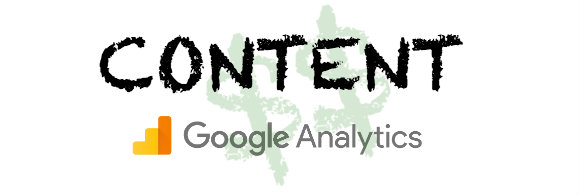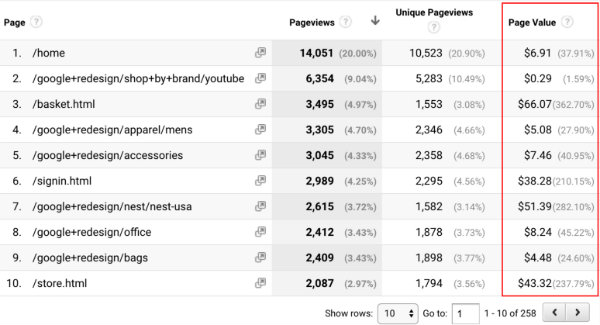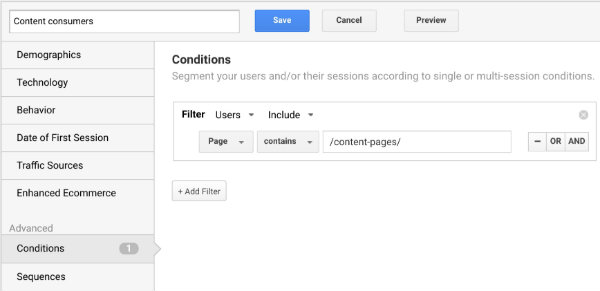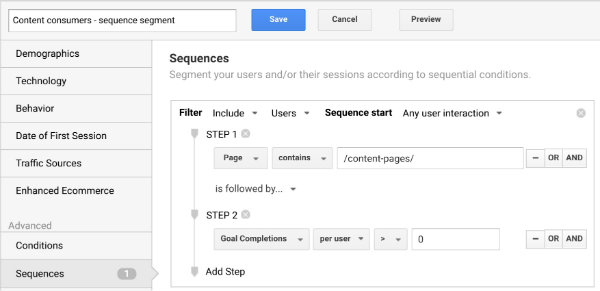
Advanced content evaluation in Google Analytics
Business summary: Evaluating content only makes sense when you start looking on money it generates instead content itself.
How to evaluate content? Eternal copywriters and content strategists/wizards question. Most of the times it's not easy to tell how much money/leads/conversions it really brings to the house. There are couple of approaches of how to do it, but none of them looks on content business value. Let's have a look on what is commonly used and what might be slightly different point of view which considers long-term effect.
Particular article/content page evaluation
It won't take you more than couple of minutes to find a script helping you to understand how your users consume content. Just copy and paste it into Google Tag Manager and you'll instantly see to which part of page did users scroll by percents, how text length affects its readability, how much time did they spend on page (not the default Google Analytics metric), how do they interact with social plugins, etc.. I mean various Google Analytics events which are very nice to have on operative level or when looking for optimal article length. Nice start, but not the greatest approach when it comes to purely business impact evaluation.
Page value
This is slightly better option. If you understand how page value is calculated and what are its caveats you have a nice starting point. You'll see monetary value associated with every page. If your developer did a good job and set up a content grouping with "content pages" as one content group, this metric is very nice to follow. Again as in previous case you'll be evaluating pages and unfortunately by last non-direct click attribution model, which strongly distorts this metric. Be careful when you interpret it. Think in context, otherwise you might get stuck at the point where your checkout pages are the best ones and you don't know why :).

Advanced segments
We're almost there. Another commonly used approach is by creating segment in Google Analytics. For the first time it works with users, not content itself :). The best you can do there is create two contradicting segments. In one of them you'll include users that viewed your content pages. In the second one exclude them and look on your KPIs - conversion rate, AOV, average quantity, etc.

If you want to be more precise create sequence segment in which you define that content was consumed before conversion occurred.

Now the bad news. There's a limitation that can make this approach useless. The maximum look-back window in user based segments is 90 days. This is very limiting, especially when you have long-term content strategy.
Content consumers - custom dimension
Finally. The idea is very simple. Looking on USERS who read content and their long-term Revenue per User and user's conversion rate. Translated into Google Analytics terminology it's nothing but user scope custom dimension. What you basically have to do, is in the moment users for the first time interact with content, mark them as let's say "content consumers". I'm not going to describe the technical part of it. It's not difficult, just ask your Google Tag Manager guy to do so! What you should then see in the interface is something similar to this:

And what is more important you have much more possibilities here. By couple more lines in GTM scripts you can divide your content consumers into more user groups like regular consumers who read your blog every day/week/month or use another custom dimension in which you will count the number of content pages read and then use it as secondary dimension to see whether higher number of viewed content pages somehow affects KPIs.
PS: feel free to use the same methodology for your long-term acquisition sources evaluation. Just store the very first traffic source as user scope custom dimension and use the same metrics as above and you may have nice approach how to evaluate your let's say SEO activities. It also may serve as tool to defend your SEO budget, just show your boss/client mentioned data :).
Happy content evaluation :)